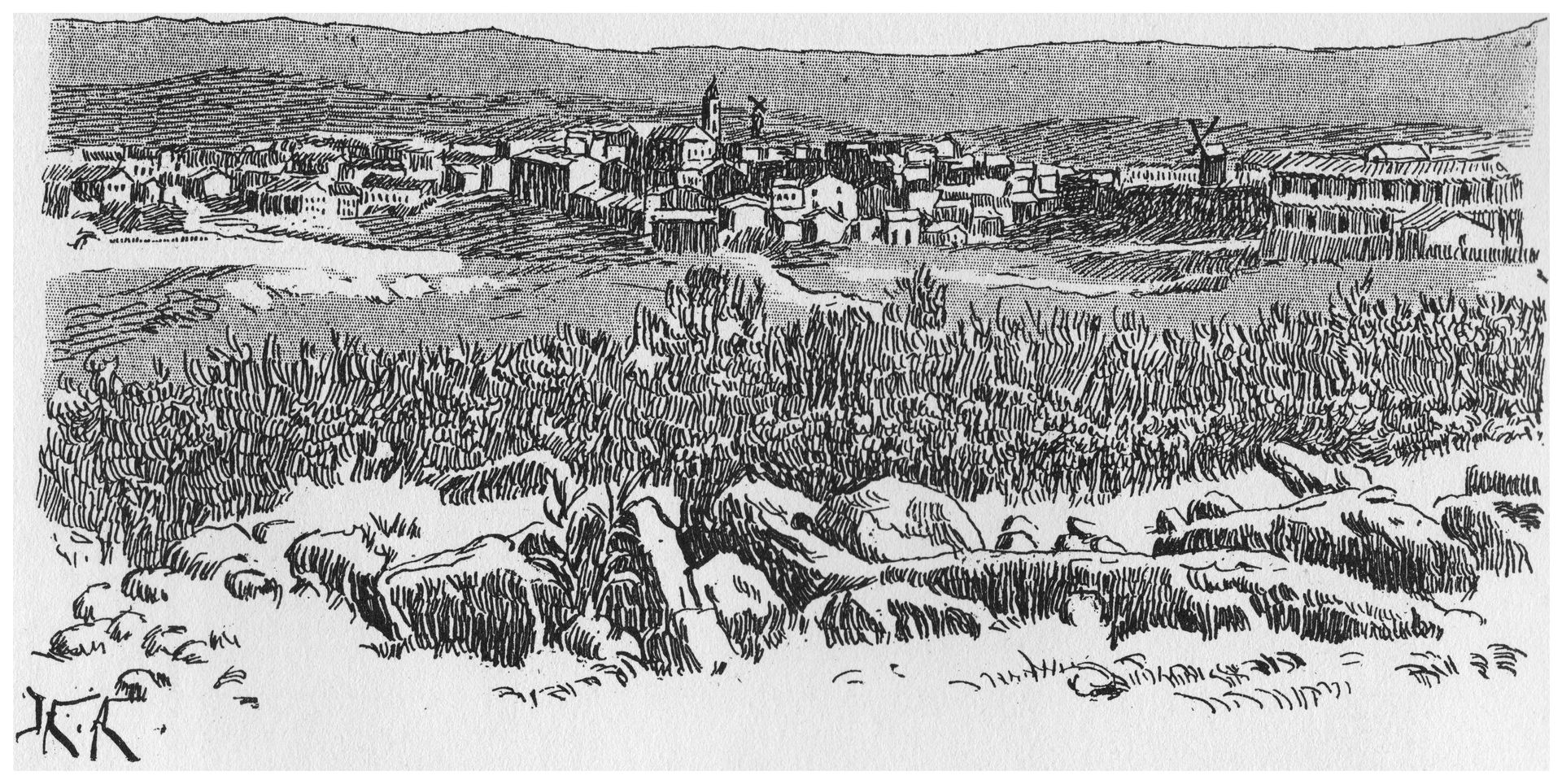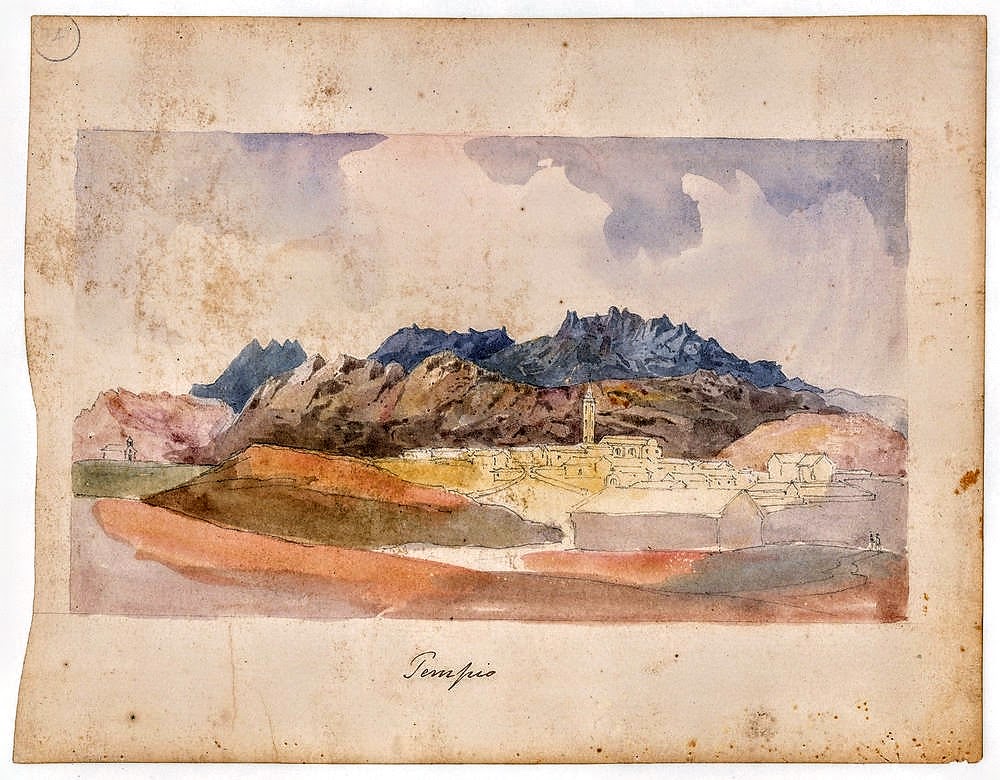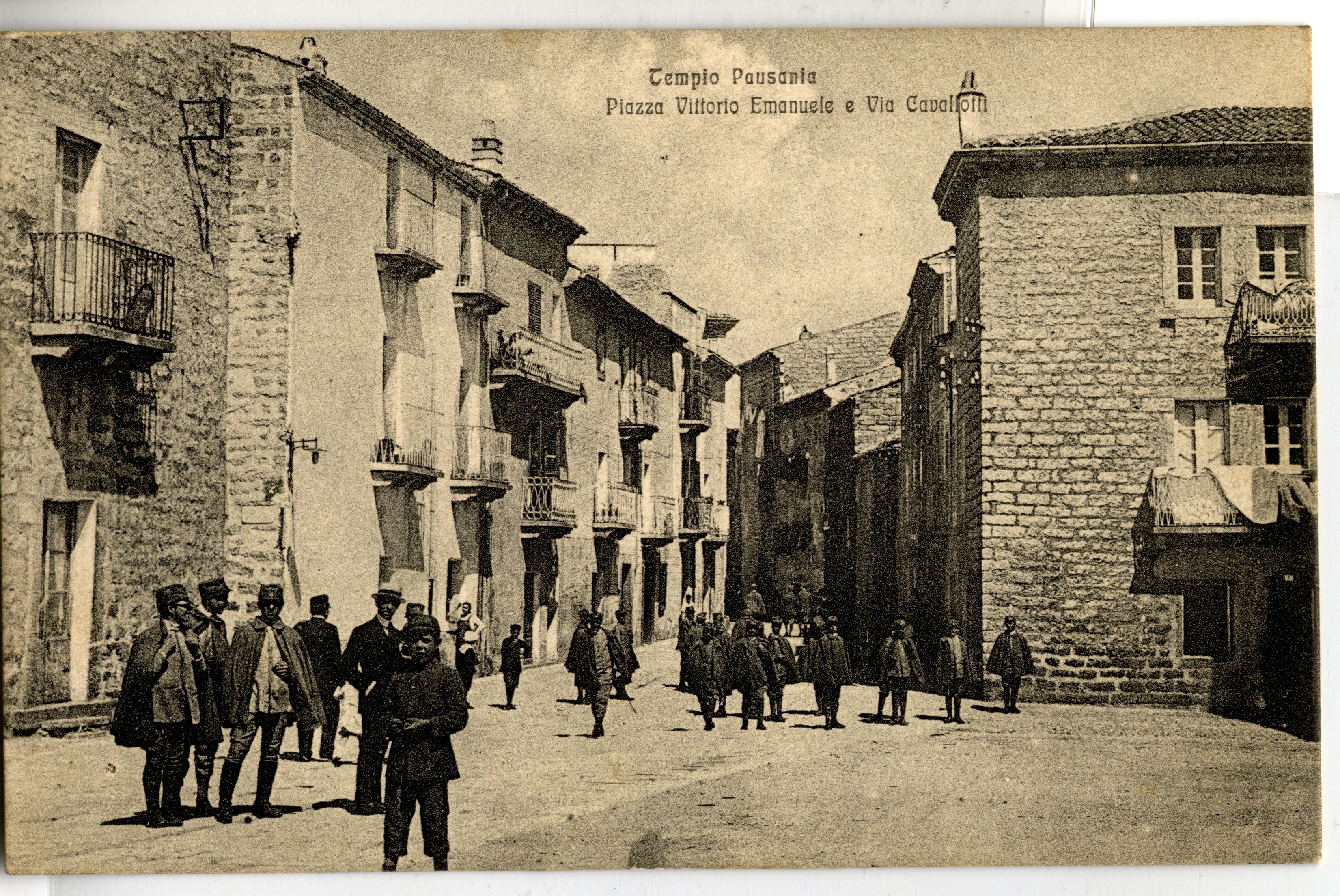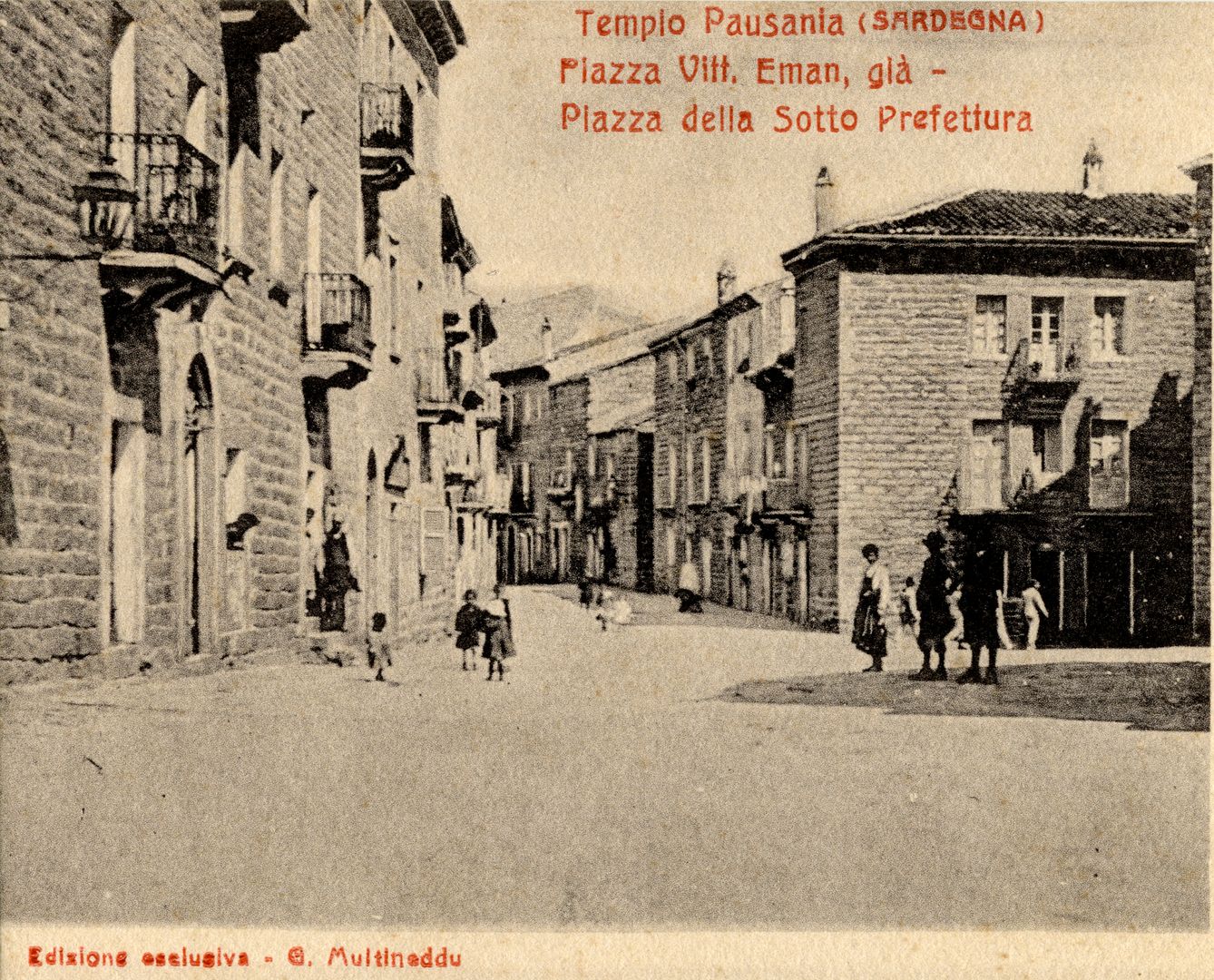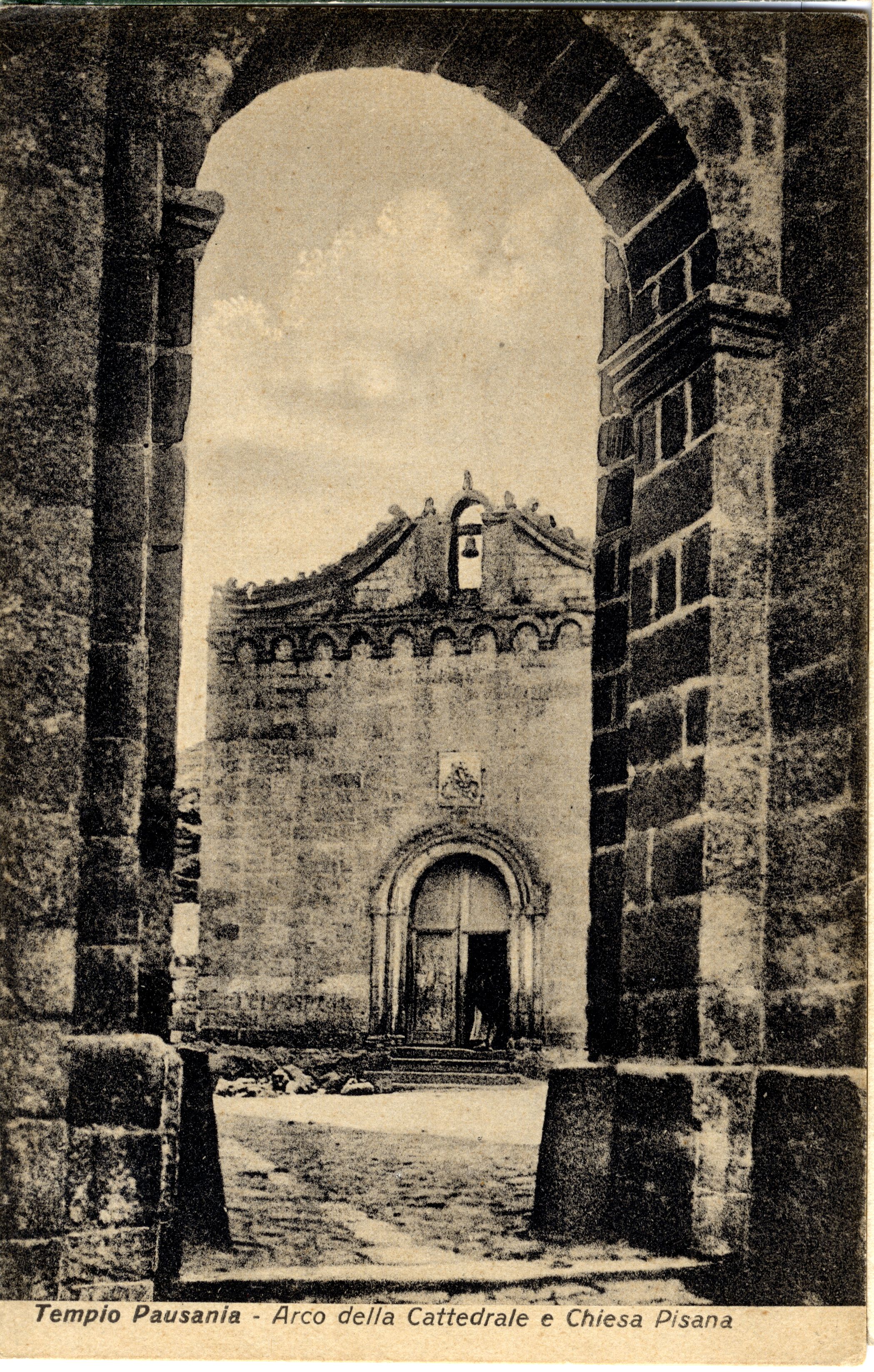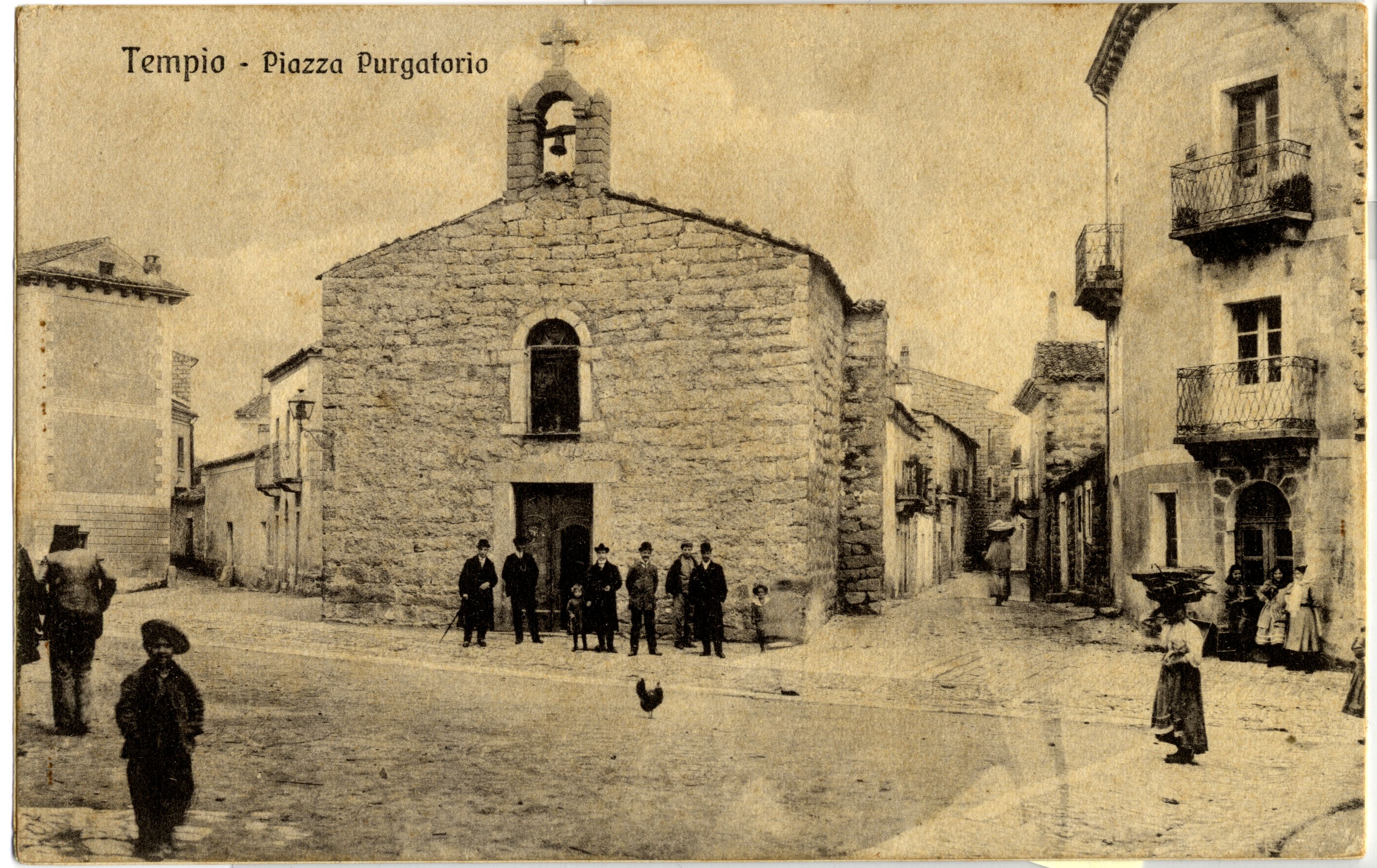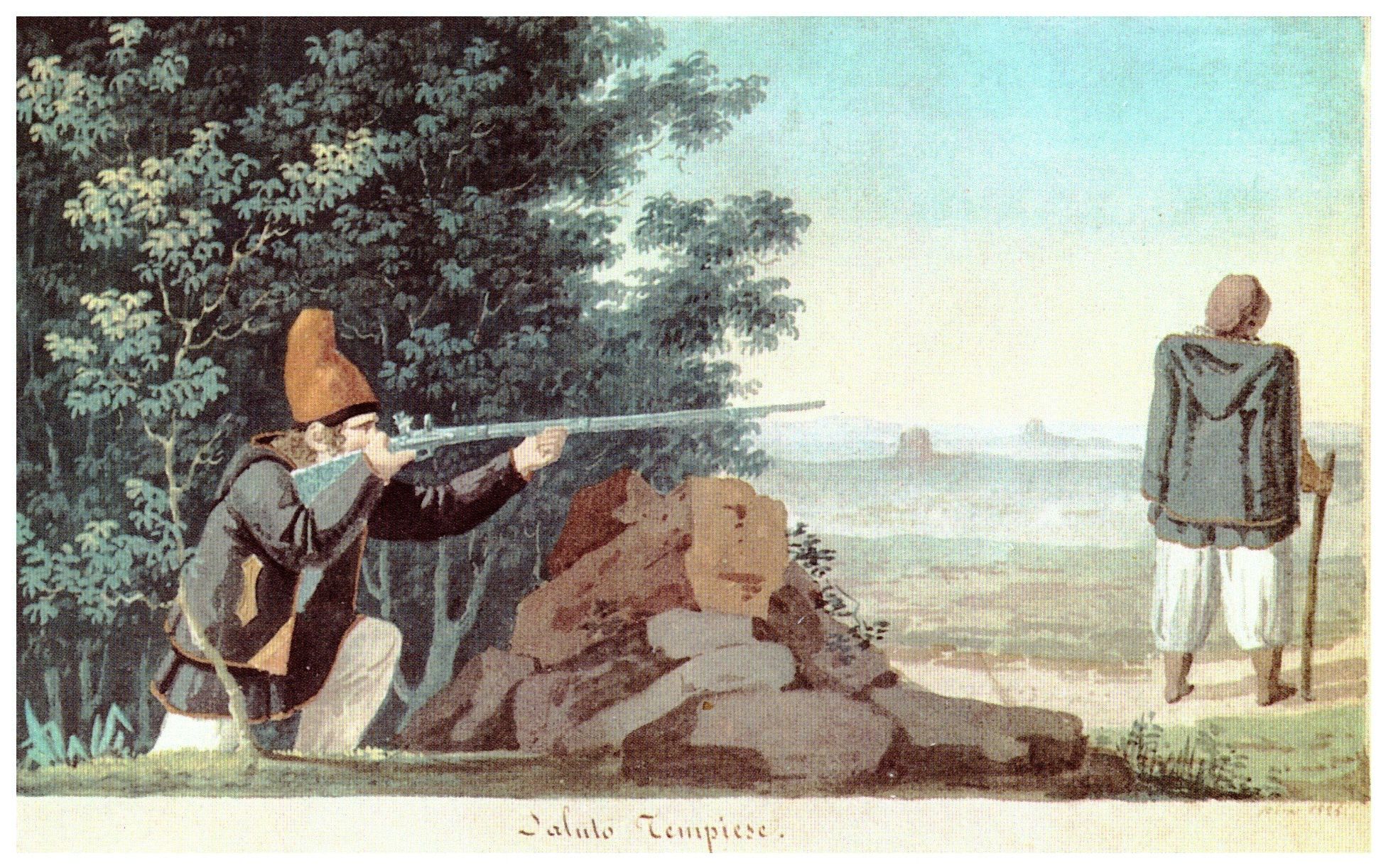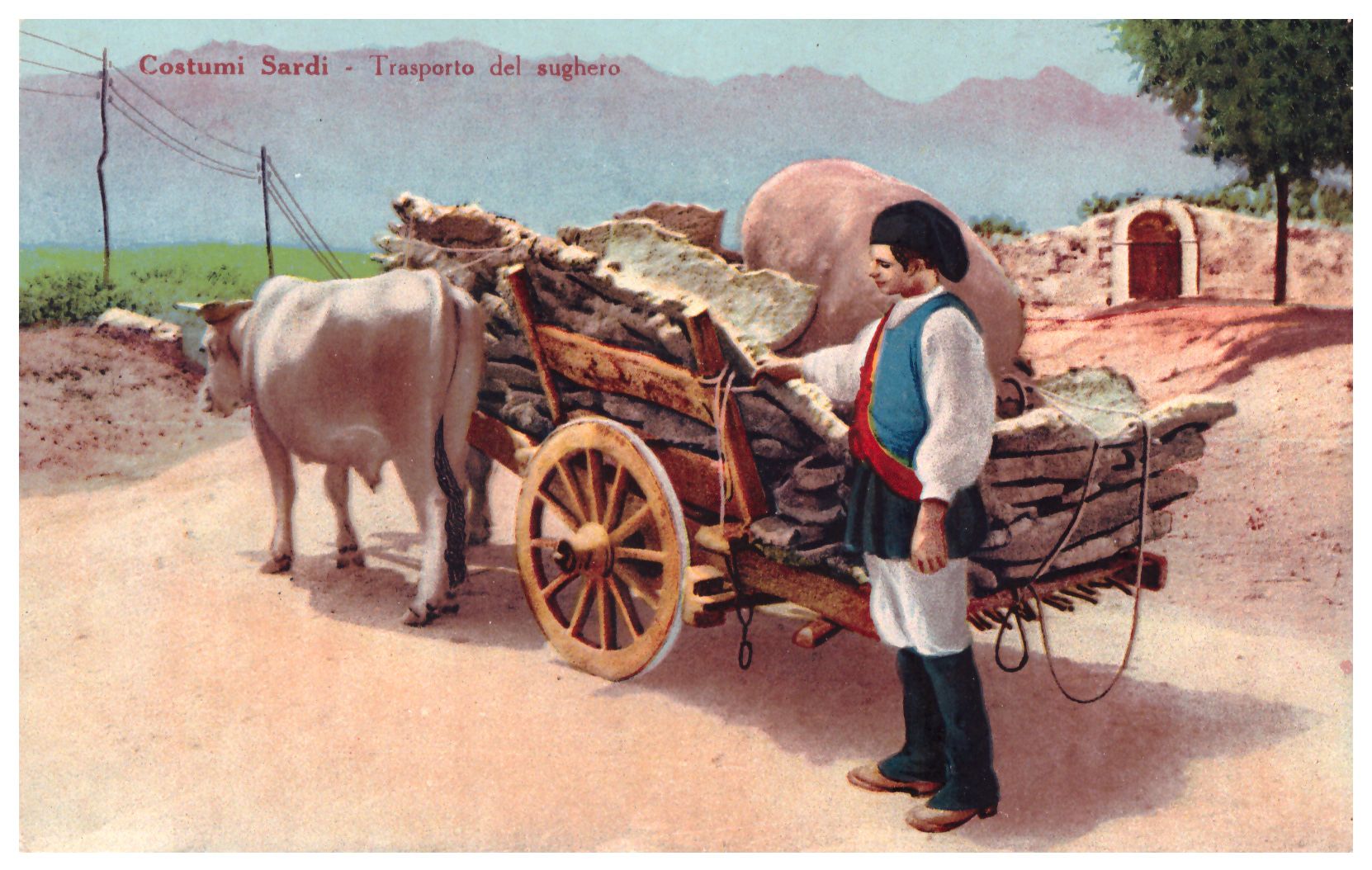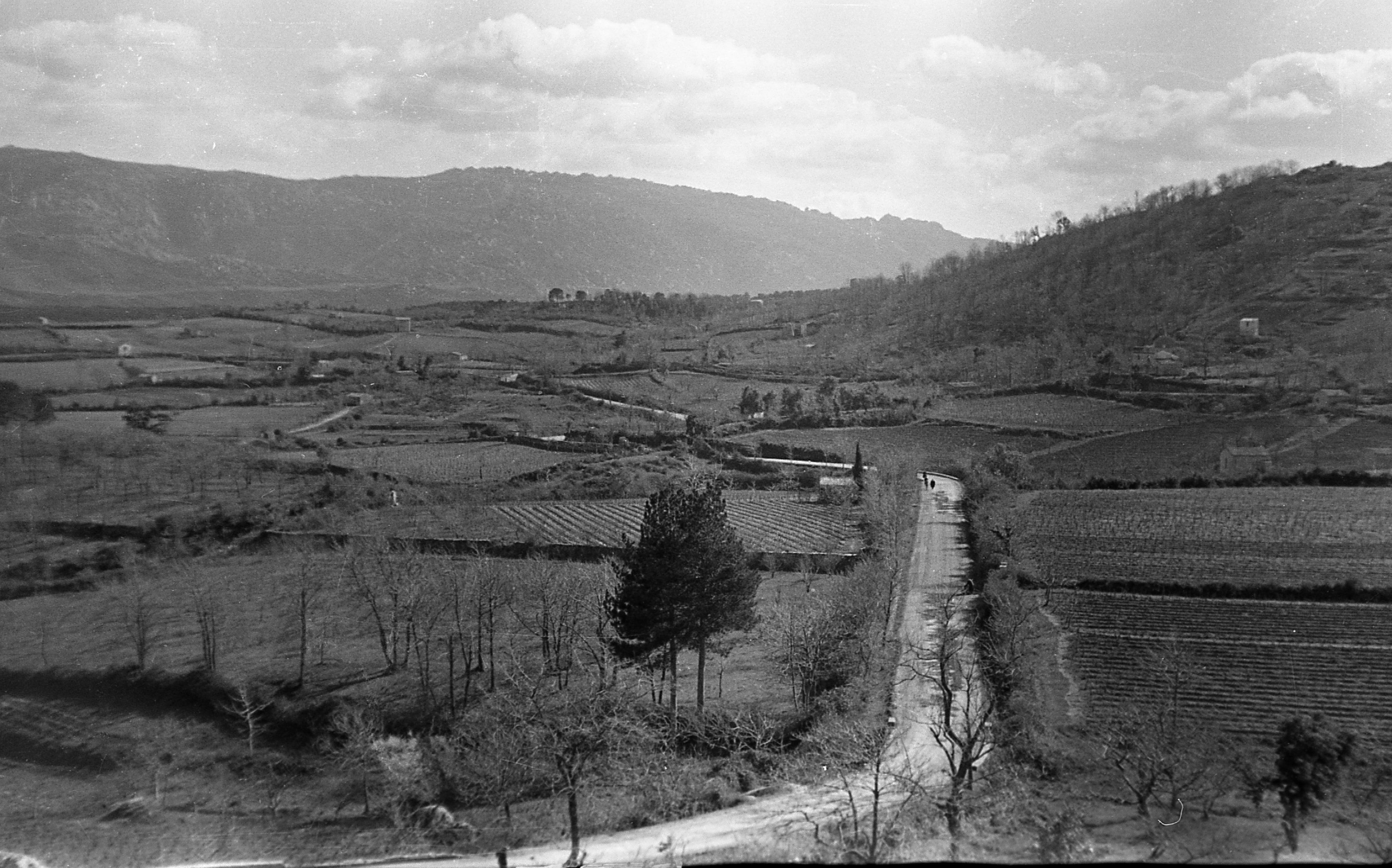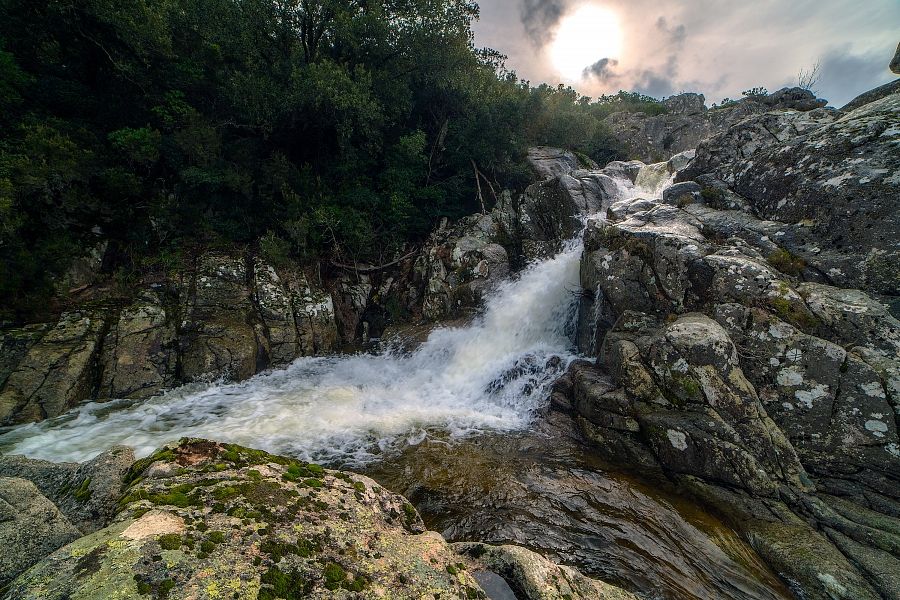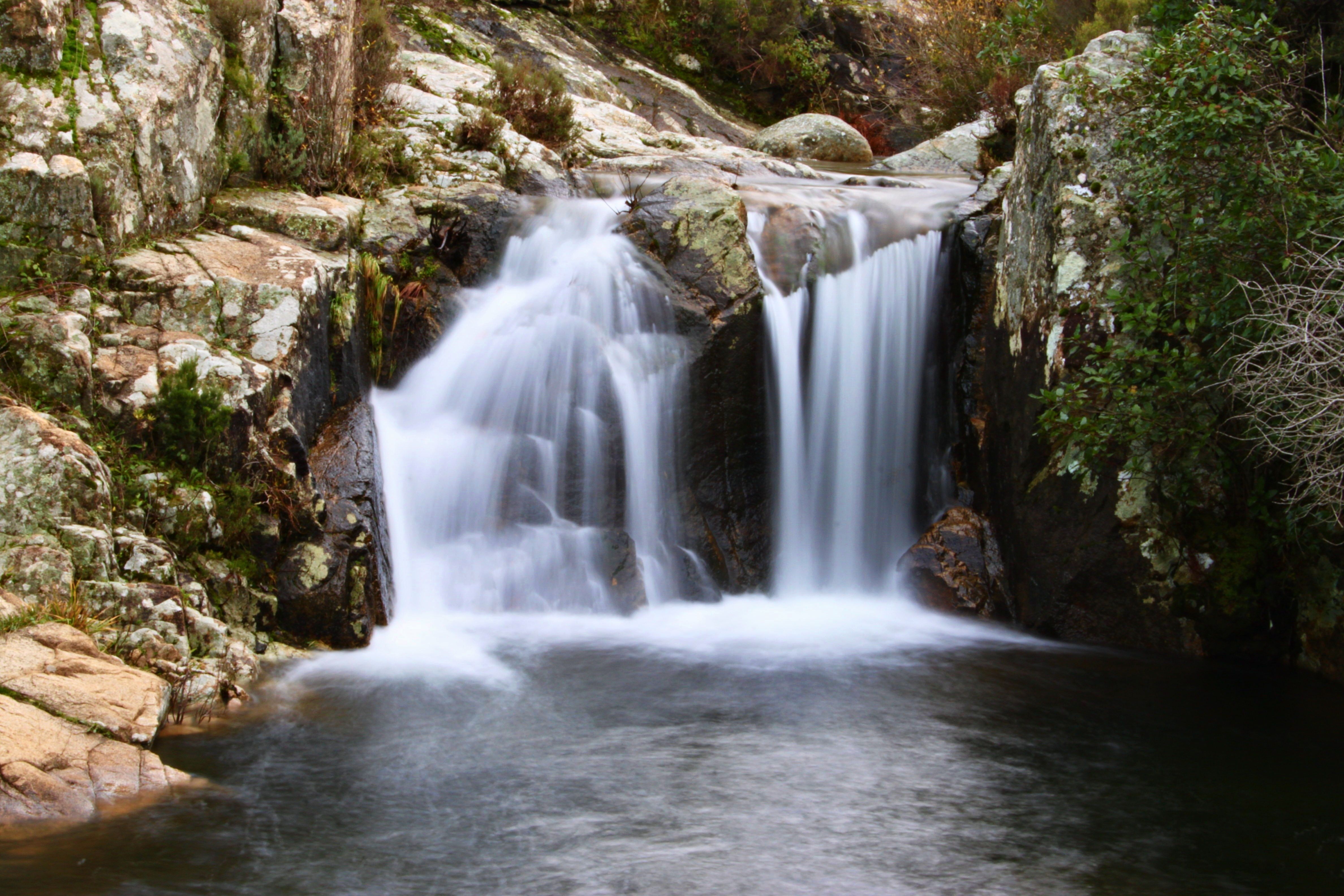TEMPIO
by Robert Tennant
Sardinia and its resources
Rome – London 1885
Libreria Spithöver – Stanford, Charing Cross
in italian: ![]()
In addition to the Cathedral there are 13 Churches in the town, and 12 in the suburbs, and, as the total population is under 10.000, this gives a church to every 400 people, besides a Cathedral, a very liberal allowance; and yet the Tempiese are not more moral than the inhabitants of other towns, if we may draw any conclusion from the criminal statistics, and the records at the hospital for “enfants trouvés”.
The well-known saying of the private soldier in England that: “he had leased his life for 21 years to be shot at for a shilling a day”, might with greater appropriateness have been uttered by the Tempio Governor of that date, for his pay was almost as small, and the dangers to which he was exposed, from disappointed suitors vendetta fever and other casualties, far exceeded those incurred by the British soldier in any phase of his existence.
The country around abounds with streams and fountains, which give a freshness and verdure to vegetation, the more conspicuous by contrast with the cold grey granite which is the geological formation.
There is distant a few miles west from the town a small water-fall, about 30 feet high, called “II Pignarone”, which on a still fine day can be heard at Tempio, and, when it “sounds loud”, is the harbinger of bad weather.
There is too, “not far off, a fountain, called “Fangio”, so cold that at certain seasons it breaks the glass into which it is poured; and wine in bottles, when immersed in it, loses its colour in a few hours.
SOURCES OF ILLUSTRATIONS
19th Century Paintings, Drawings and Lithographs (captions translated freely)
Henri Louis Avelot, Tempio, ca 1894 -1902, IN Marius Bernard, Autour de la Mediterranée. L’Italie. (De Ventimille à Venise), Paris, ed. Henri Laurens, 1894-1902.
William Light, Tempio, 1829. (On Light see Here).
Giuseppe Cominotti, “Greetings from Tempio”, 1825, IN Francesco Alziator, La raccolta Cominotti: raccolta di costumi sardi della Biblioteca Universitaria di Cagliari, ed. De Luca 1963 e Zonza 1990.
Postcards and Photos, Late 19th/Early 20th Century
Collection by Erennio Pedroni, Gianfranco Serafino, Vittorio Ruggero – Tempio Pausania
Contemporary Photos
Giuseppe Gessa – Flickr; Antonio Concas – Flickr.

